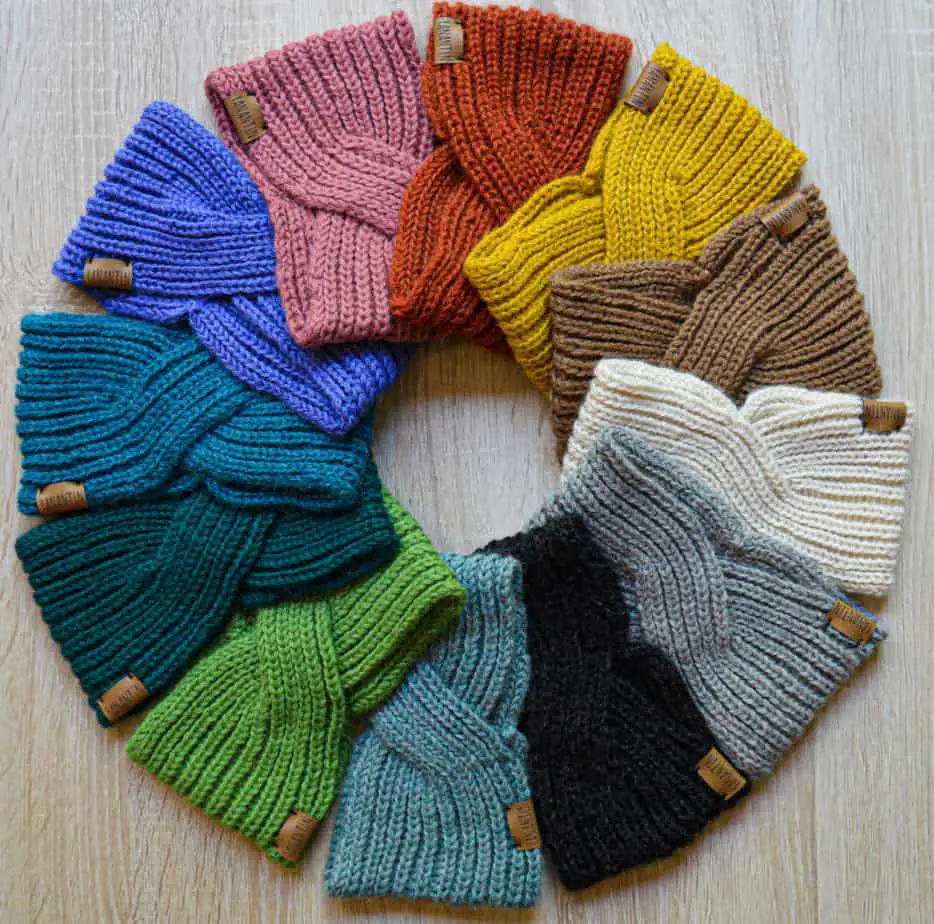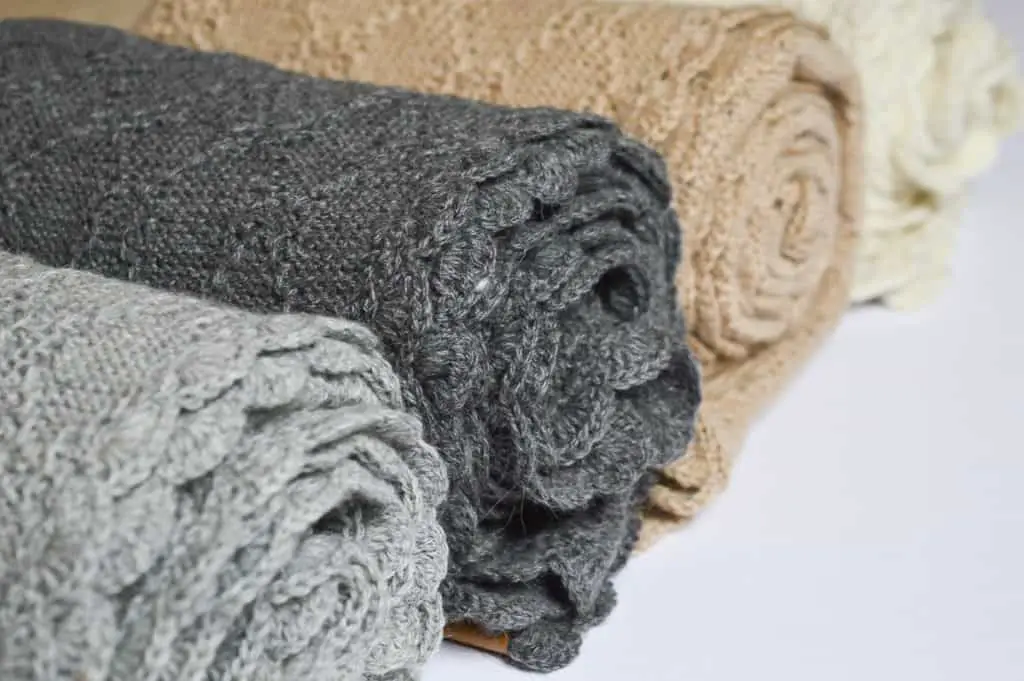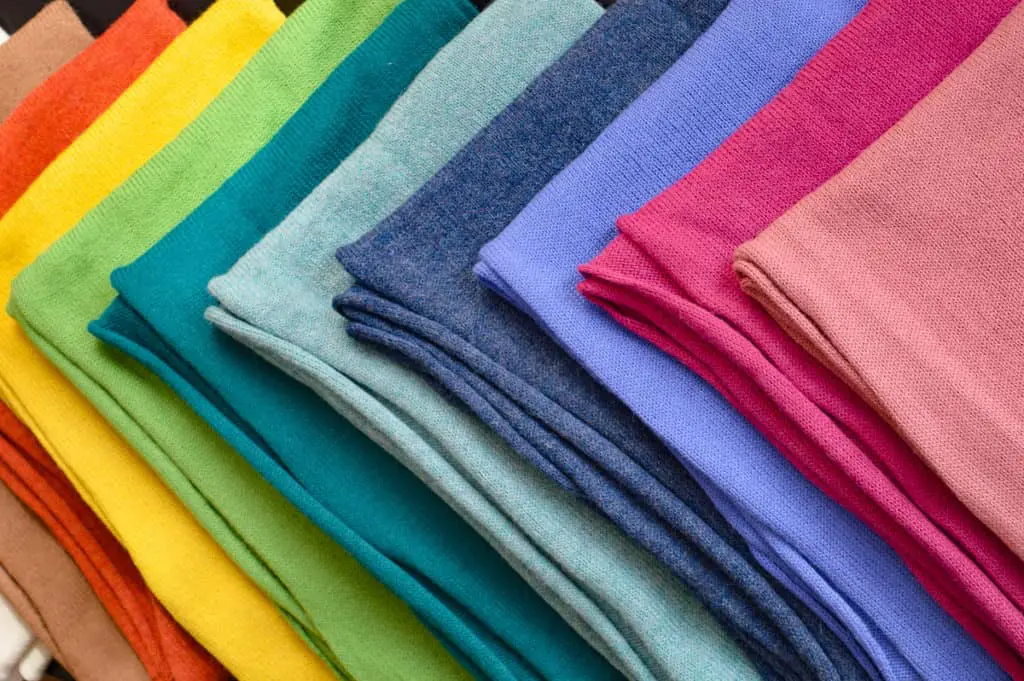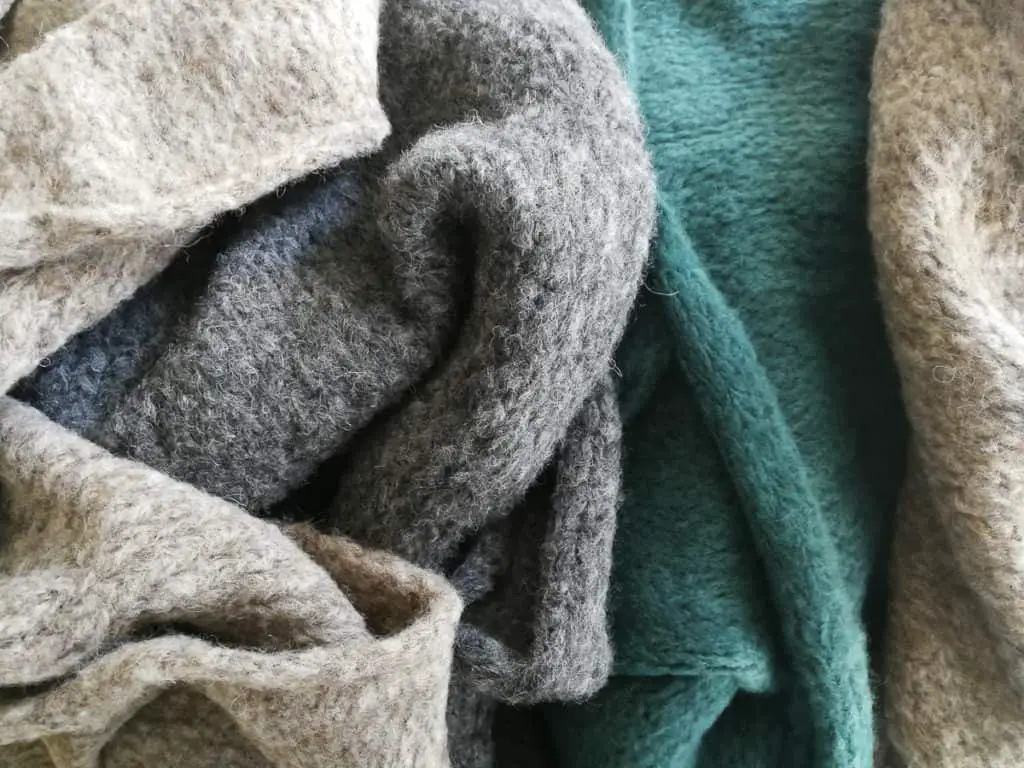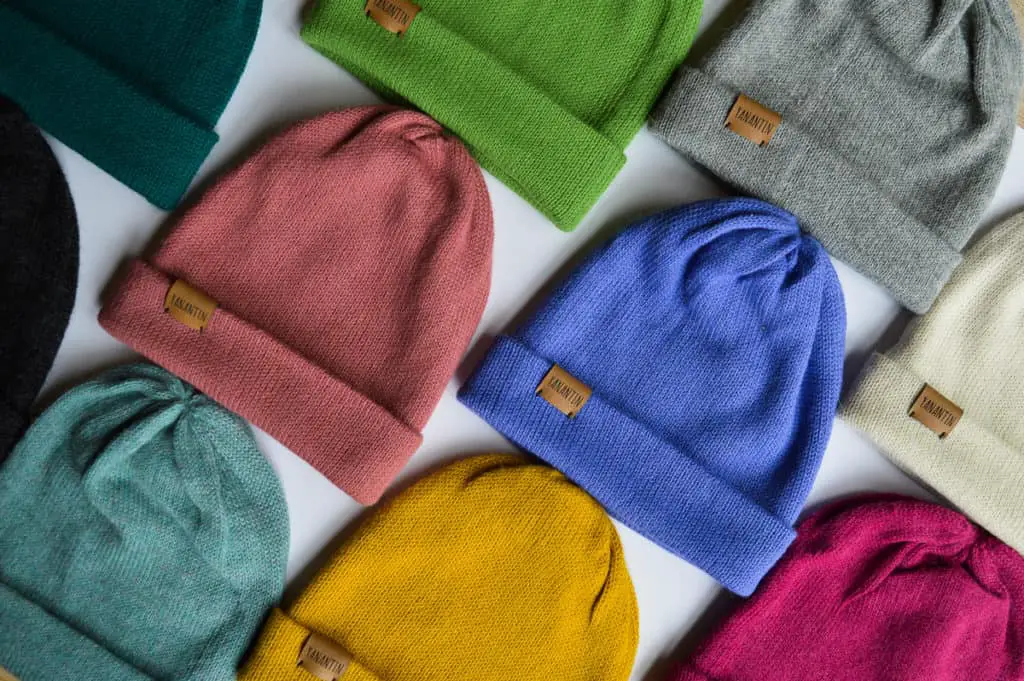Whether you are planning a trip to Peru or tracking down every vintage store in town for a bargain alpaca woolen sweater, you might want to know how to recognize the real deal. Luckily there are several tricks to separate fake from fur if you’re wondering how to recognize real alpaca wool?
buy gabapentin online overnight uk You can recognize alpaca wool by its fiber: soft to the touch, itch-free, quite heavy and cold. Alpaca wool has a silky gloss to it and sheds very little. Since alpaca wool does not absorb smells, it should have a neutral scent. 100% alpaca woolen items should have a higher price Balayan than blends.
Street vendors in Peru know very well how to overwhelm you with their sales-pitches. Before you know it, you will have spent a lot of money on a supposedly alpaca woolen blanket. Only to have someone else tell you 10 minutes later that you have been ripped off.
So when you are pretending to take your time and look for real alpaca, wouldn’t it be nice to actually know what you’re looking for? Read on to find out the most useful information to keep your head cool.
Or… Watch My Video on YouTube!
An actually see what I am talking about in more detail!
So, how can you recognize real alpaca?
Use Your Senses
The best way to find out whether or not alpaca wool is real, is to use your senses, both perceptive and common. 🙂
1. Feel: Alpaca Wool Should Feel Cold
Alpaca wool is a poor thermal conductor so it should be cold to the touch.
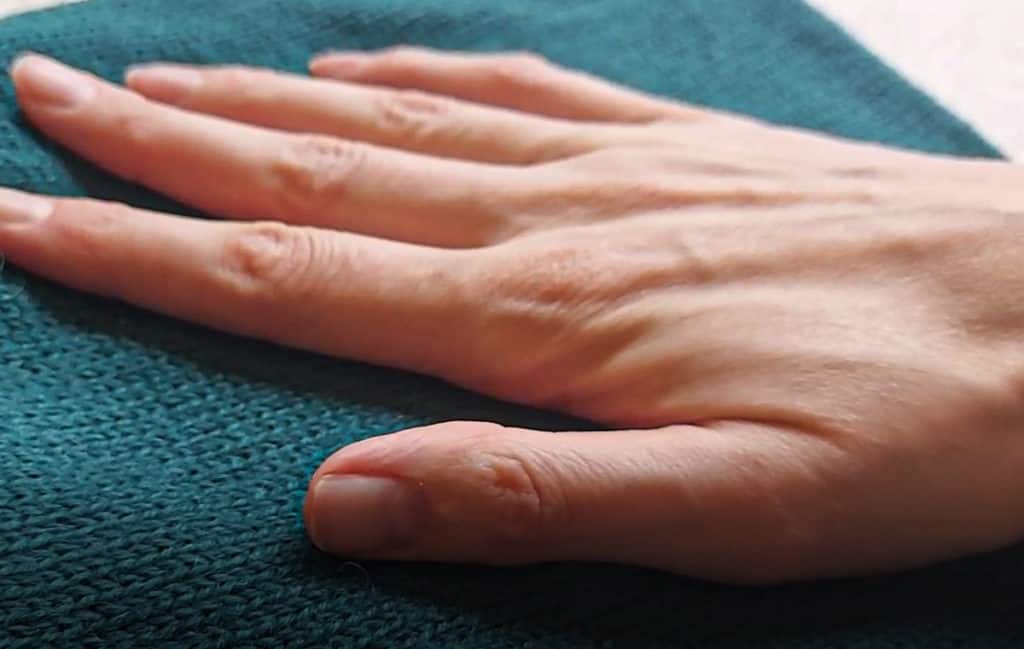
A thermal conductor is something cold that absorbs the heat of something hot. Think of the metal on your toaster, for example. That gets HOT! Or a glass cup that gets really hot when you fill it with hot water to make tea. Both metal and glass are examples of great thermal conductors.
Alpaca wool is, on the other hand, not a good thermal conductor. This means that alpaca wool can be in a warm environment without heating up. You can recognize this by touching alpaca woolen items that are presented in a shop: they should feel cold to the touch.
- Being a poor thermal conductor is actually a good thing, because it makes for a great insulator! This means that you can wear alpaca wool when in bot hot or cold temperatures!
Now of course, alpaca wool is not going to be freezing to the touch, but if you compare it to another type of fabric that you find laying around, you will definitely feel the difference!
Insider’s Trick: Compare alpaca wool with a layer of clothing that is not directly in touch with your skin to feel the difference!
2.Listen: Alpaca Is Isolating And Drowns Out Sounds
Put a hat over your ears or wrap a scarf around your head. If it is real alpaca wool, it should drown out sound!
The alpaca fiber can actually be used to insulate houses, and one of the great benefits of using alpaca as your insulating material, is that it drowns out sound!
Just as insulating fiber, alpaca yarn will have the same effect.
3. Look: Alpaca Wool Shines
Alpaca wool has a shiny look to it. Alpaca wool has a scale-like texture, which means that it has a shiny, silky glow to it. You can recognize alpaca wool easily by its looks. It just looks luxurious!
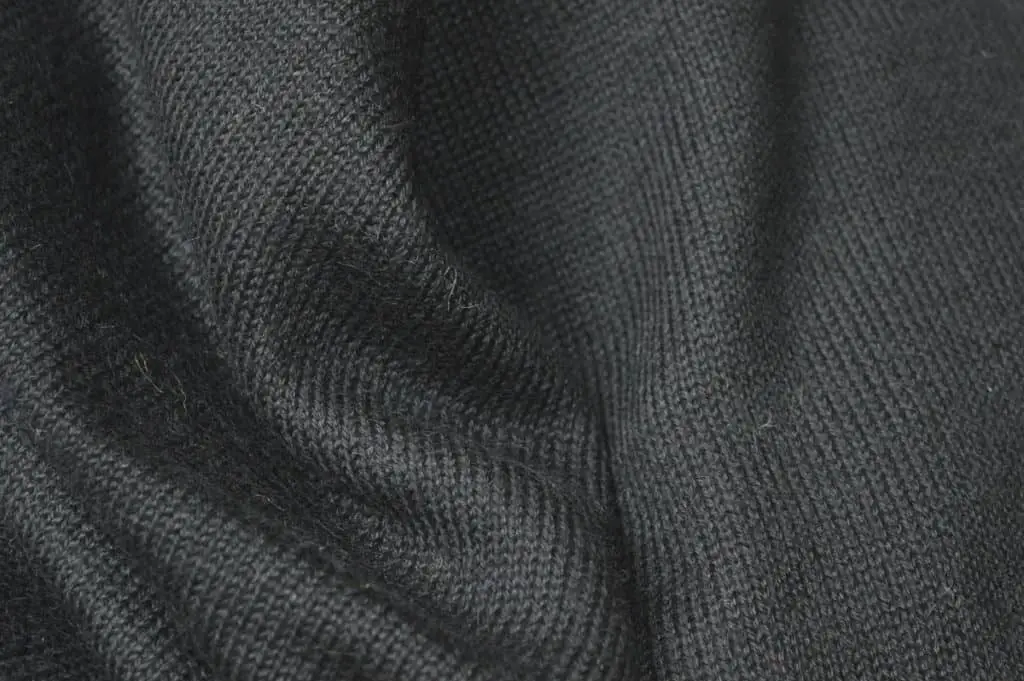
Insider’s Trick: The fiber of alpaca wool could easily be confused with a synthetic fiber. It is important that you will mix and match your tricks and not confuse real alpaca wool with a real plasticy synthetic fiber.
4. Smell: Alpaca Wool Has A Neutral Scent
One of the great features of alpaca wool is that it does not absorb any smells. Because it doesn’t absorb smells, it always has a neutral scent to it. The best way I can describe the smell of alpaca wool is like something new.
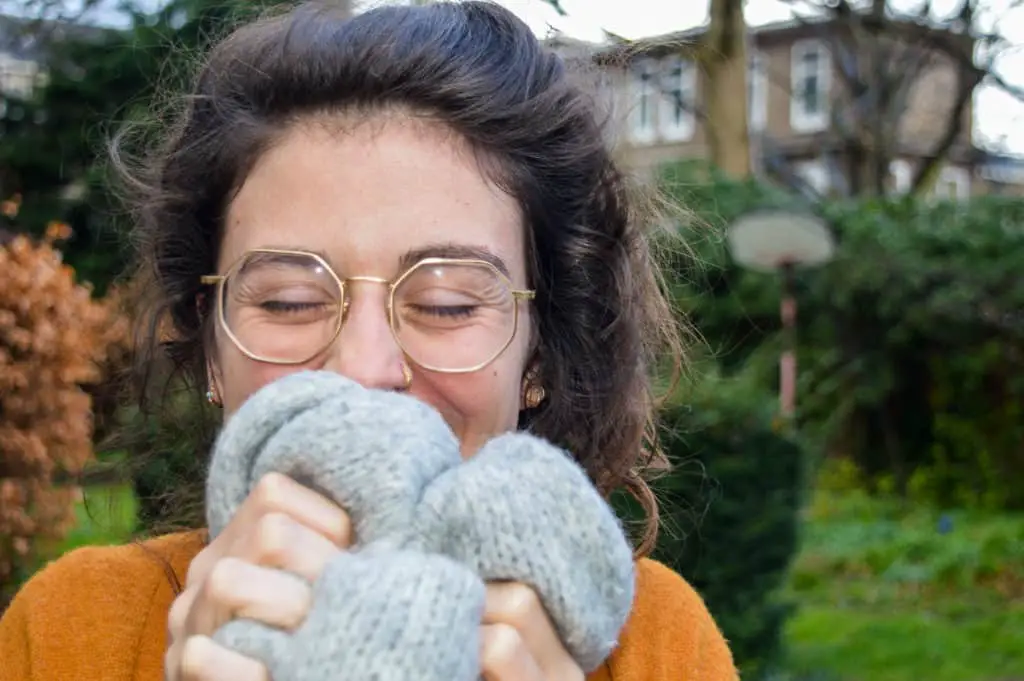
Insider’s Trick: If you’re lucky you can smell the Andean Highlands in your item, but most alpaca is washed before it is sold, so you’ll need to find a very rustic vendor to bring the fields into your wardrobe.
5. Feel: Alpaca Wool Should Be Heavy
You can recognize real alpaca products because they are heavy. Not super heavy of course, but noticeably heavy-ish.
Surprisingly, alpaca wool is lighter than sheep’s wool, which is one of its great features. But if you compare alpaca wool to a synthetic fiber, alpaca wool should definitely be heavier.
Insider’s Trick: Of course, the weight of an alpaca woolen item varies depending on the type of garment, size and pattern that is used. Knitted items are generally heavier than woven items, because they simply use more wool.
6. Look: Alpaca Wool Doesn’t Shed
Alpaca wool is stroooooooong. Because the fiber is actually hair (not wool) it has a different texture that doesn’t shed easily. So when you touch alpaca wool, it shouldn’t leave any hair behind.
- As I am sitting here writing this article, I am wearing a synthetic sweater (mostly polyamide and acrylic). If I want to tear a piece out of it, I can. It’s not very hard to pick it to pieces.
- I am also wearing a scarf that is a blend of baby alpaca and merino wool. Merino wool sheds much more than alpaca, so again, if I try to pick a bit of hair out of my scarf I can do so with fairly little effort.
- As it is winter and windy and cold and I’m cool, I am also wearing a 100% alpaca woolen hat. Now, when I try to pick a bit of alpaca hair out of my hat, it actually doesn’t really work. Instead, I get one long hair and I feel like I’m about to pull the rest of the hair out along with it. So, I’m going to put that hair back to where it belongs and the hat back on my head.
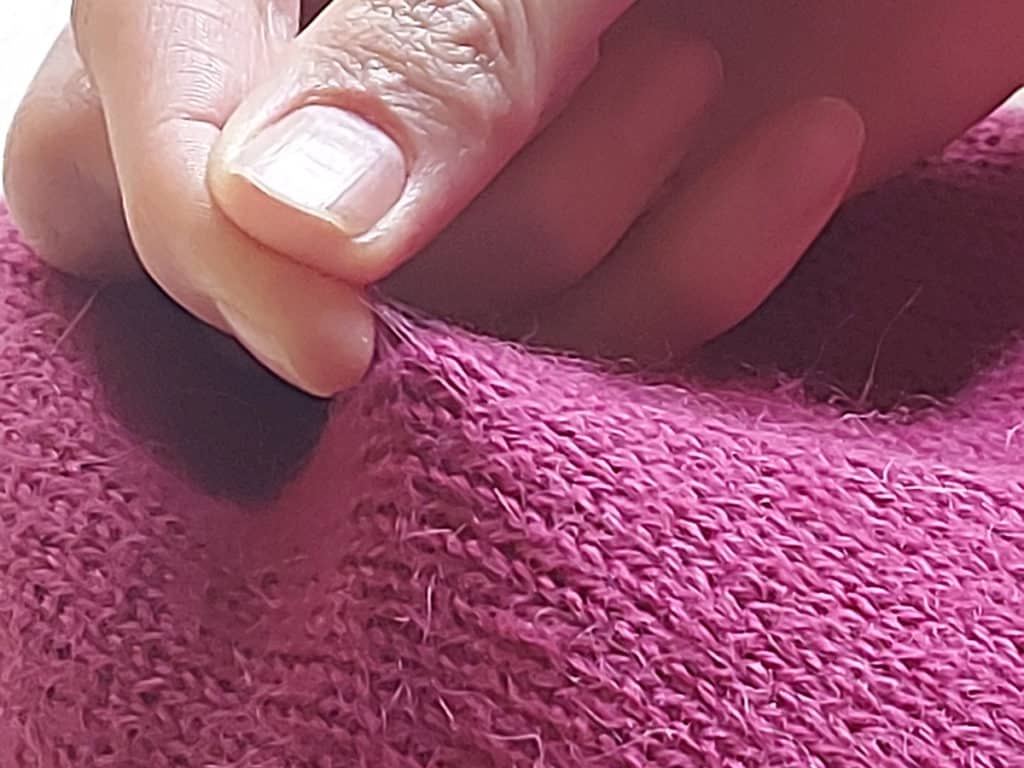
Insider’s Trick: The people in the store probably don’t like it when you’re picking the hair out of the items. The subtle way to try to see if the wool sheds or not is to rub the item gently against another piece of fabric that you’re wearing. If it is regular wool that is used, you should be able to see loose hair, especially with contrasting colors.
7. Feel: Alpaca Wool Should Be Super Soft and Itch-free
Alpaca wool is known for being very soft, so of course, you should be able to feel this. When you touch alpaca wool, it should simply feel soft. It should feel as if you want to hug it, cuddle up with it, never let go of it!
All types of fibers and hair are measured in micrometers (Wikipedia), or microns, in short. In general, when wool contains fewer microns in diameter, it is considered better quality. To give you an idea:
| Human Hair | 75 microns |
| Sheep’s wool | 40 microns |
| Alpaca wool | 23-40 microns |
| Baby and Royal alpaca wool: | 18-23 microns |
| Merino wool: | 15-25 microns |
| Cashmere: | 15-19 microns |
| Silk: | 10-13 microns |
To compare: regular sheep’s wool will feel itchy when you touch it.
Baby alpaca is even softer!
The difference between regular alpaca wool and baby alpaca wool is that baby alpaca wool is even softer. People with sensitive skin can still feel an itch when they touch regular alpaca wool. However, when they touch baby alpaca wool, it is very unlikely (yet still possible) that they will experience an itch.
I wrote an entire article on this topic: Is Alpaca Wool Itch-free?
Insider’s Trick: If you can’t feel the itch on your hands, try rubbing it on the insides of your forearms or even your cheek. The nerves in those body parts are closer to the surface and will be better able to pick up an itch.
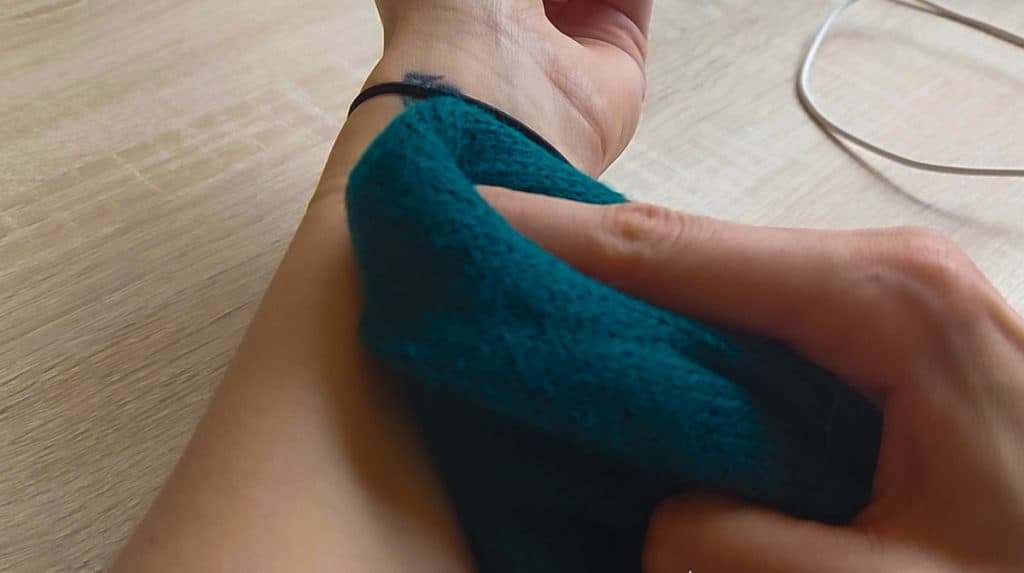
8. Common Sense: Alpaca Wool Is Expensive, But Not Exorbitantly Expensive
Alpaca wool is not as cheap as synthetic fibers or blended materials, but it also shouldn’t cost you an arm and a leg! I like to see alpaca wool as the perfect balance between investing in something sustainable, durable and comfortable, while being reasonably affordable.
Now, alpaca wool shouldn’t break the bank, but is also not super cheap. Those of course aren’t the best instructions…
Find your own answer to the question if alpaca wool is expensive or not in my article: (Why) Is Alpaca Wool Expensive?
Expect to pay the following for 100% alpaca wool:
| Item | Price in Peru* | Price Online* |
|---|---|---|
| Small scarf | $ 20 – 60 | $ 40 – 60 |
| Large scarf | $ 30 – 100 | $ 50 – 100 |
| Sweater | $ 40 – 150 | $ 50 – 150 |
| Hats / Gloves / Accessories | $ 10 -> | $ 25 -> |
Insider’s Trick: Expect to pay about 50% more for baby alpaca.
Insider’s Trick: If there are a lot of zeros on a price tag, then you’re probably holding an item made of vicuña. Vicuña is a close cousin of the alpacas and is the most luxurious fiber you will ever find. The tiniest little piece will easily cost $ 1,000. Vicuña is exorbitantly priced.
On the other hand, if a vendor claims that an item is 100% alpaca, but offers you a price of 20 soles (about $ 6), it is probably not real alpaca.
9. Common Sense: Ask For Details
When I was living in Cuzco, Peru, I used to love strolling down the markets looking for unique items (trying to avoid the gringo-sweaters). One day I found this lovely lady who was selling two sweaters. Recognizing me as a foreigner, she hooked me, claiming the sweaters were 100% alpaca.
The price was too good to be true alpaca, but I still liked one of them and bought it for a bargain.
Months later I had forgotten that the sweater was supposedly 100% alpaca (wayyy too itchy), and threw it in the washing machine. When I took it out, it had shrunk about 3 sizes!
I proved myself wrong: the sweater was made of alpaca wool, it was just REALLY COARSE!.
As I put on the sweater the next day, I noticed two little patches of white wool that had completely started filting and had shrunk incredibly!
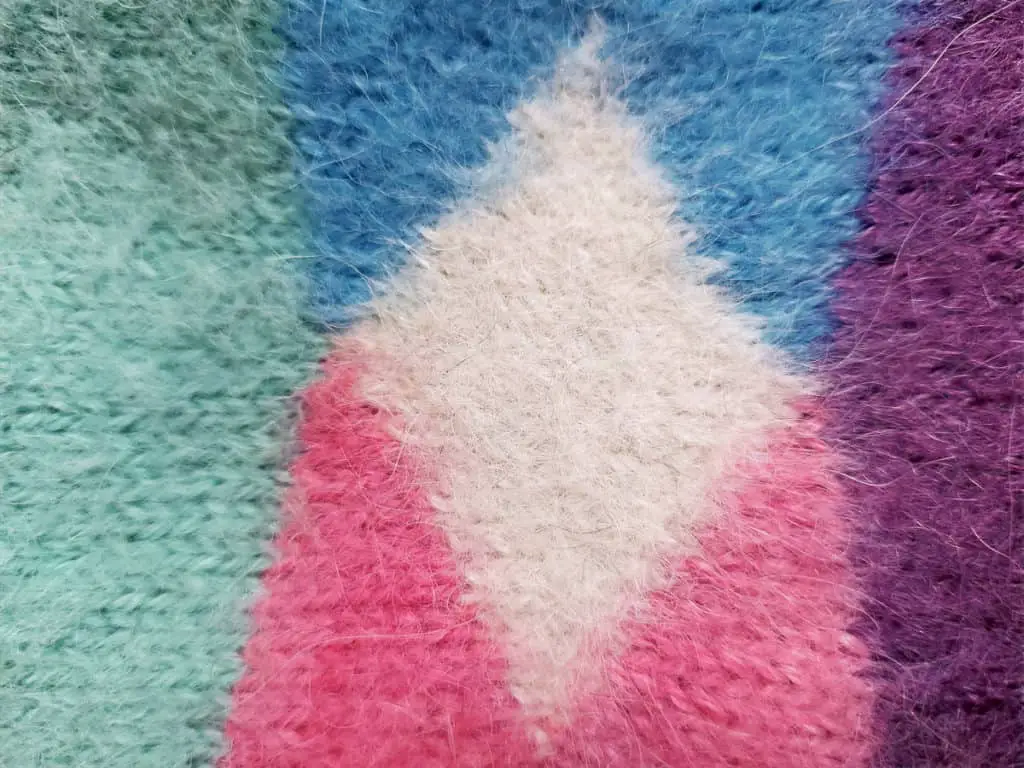
Those two patches, my dear readers, were 100% FINE alpaca wool. The vendor had not lied… not entirely, at least.
Insider’s Trick: Listen carefully to what vendors tell you. Sometimes, 100% alpaca actually is 100% alpaca, it’s just a coarse leftover.
10. Act: Try These Tricks If You’re Not Sure
Alpaca wool has some awesome qualities like being water repellent (read more in my article) and low flammability (read more in my article). 100% alpaca wool should wick away water and should not catch fire immediately.
Insider’s Trick: If you want to know if alpaca wool is really 100% alpaca wool, you can always drop some water on it. Real alpaca wool will not absorb the water instantly. You will have plenty of time to wick away the water by just turning the fabric upside down, or using your hands.
The same goes for fire resistance.
Insider’s Trick: Alpaca wool has very low flammability, meaning that it doesn’t catch fire immediately. Of course, everything and anything will catch fire as long as it is exposed to flames and heat long enough, so don’t think that alpaca wool is invincible.
However, it does seem to be fire retardant and ignites slowly.
Insider’s Trick: A vendor or shop-owner will not like you for trying to set fire to his products or flood his shop. I therefore strongly recommend not to use these tricks. However… You can always use a little bluf so that they at least know that you are familiar with the features of alpaca wool. They will not try to rip you off (as much) if they see you know what you’re talking about.
11.Online Shoppers: There Is a Quality Certificate
For those who are shopping online and don’t have the option of feeling, smelling and weighing a fabric, there are certificates (link goes to website of the Asociación Internacional de Alpaca) that guarantee the quality of the alpaca woolen fiber that is used.
The alpaca standard knows two different labels: gold and silver. The label in general guarantees the treatment of the animal, community and environment.
The gold label guarantees the use and quality of baby alpaca: the quality of 100% baby alpaca wool according to this label, should be 23 microns or less.
The silver label applies to regular alpaca: items with this label should use 100% alpaca fiber and should not be more than 26.5 microns.
Visit My Webshop!
If you’re not sure what to look for, here’s one solution that will save you a lot of headache: I started my own brand of alpaca woolen products. All items are made with love by women in Bolivia to empower them with a good salary and a happy work environment.



